The piano's sustain pedal, often referred to as the damper pedal, is far more nuanced than a simple on/off switch. While many players treat it as a binary tool—either depressed or released—the reality is that expert pianists manipulate it with gradations of pressure, creating layers of sonic texture that elevate musical expression. This subtle art of partial pedaling, half-pedaling, and fractional pedal control separates the proficient from the truly masterful.
The Physics Behind Partial Pedaling
At its core, the sustain pedal works by lifting all dampers off the strings, allowing them to vibrate freely. However, the distance between the dampers and strings isn't absolute—it exists on a spectrum. When a pianist applies partial pressure, the dampers lift slightly but don't fully disengage, creating a hybrid state where some strings sustain while others remain muted. This technique proves particularly effective in Romantic-era repertoire where composers like Chopin and Debussy demanded hazy, impressionistic tonal colors.
Modern grand pianos reveal this phenomenon clearly. If you peer inside the instrument while applying varying pedal pressure, you'll see the dampers rising in millimeter increments. At about 30% depression, only the highest treble strings begin sustaining. Around 60%, the midrange joins the resonance. Full pedal engagement creates that familiar wash of sound where all strings sympathetically vibrate. This mechanical reality explains why professional pianists make constant micro-adjustments during performance—they're literally sculpting the overtone series with their feet.
The Art of Dynamic Pedaling
Seasoned pianists develop what might be called "aural tactile sensitivity"—the ability to match pedal pressure to the acoustic requirements of each moment. In a Rachmaninoff concerto, for instance, the left foot might apply 80% pedal during lush chordal passages while backing off to 40% for articulated bass lines. The right foot (on sostenuto or una corda) adds further stratification. This creates a three-dimensional soundscape where melody, harmony, and rhythm exist in carefully balanced reverberation.
Jazz pianists take this further, using fractional pedaling to emulate wind instruments. A saxophone-like phrase might involve "feathering" the pedal at 20-30% during quick runs, then deepening to 70% for blue notes that require intentional pitch blurring. The legendary Bill Evans was notorious for his micrometer pedal control, often keeping the sustain engaged at precise percentages to allow certain chord extensions to ring while preventing harmonic muddiness.
Pedal Notation and Historical Context
Interestingly, pedal depth notation appears sporadically throughout piano literature. Debussy occasionally wrote "½ pédale" in his manuscripts, while contemporary composers like Thomas Adès now specify exact percentages. Most pedal markings in standard repertoire, however, rely on the performer's interpretive judgment. This stems from the mechanical evolution of pianos—early fortepianos had hand stops rather than foot pedals, and even after the damper pedal became standard, its mechanism wasn't sensitive enough for fine gradations until the late 19th century.
The difference between historic and modern pedaling becomes apparent when playing Mozart on period instruments versus contemporary concert grands. Viennese action pianos from the 1780s produce effective sustain at about 50% pedal depression—any further creates unpleasant overtone buildup. This explains why Classical-era pedaling was often notated as quick "brush pedals" rather than sustained depression. Today's pianists must mentally adjust their pedal technique when switching between musical eras.
Technical Training Methods
Developing nuanced pedal control requires targeted exercises. One effective drill involves playing C major arpeggios while gradually increasing pedal depth from 0% to 100% over eight measures, then reversing the process. The goal is to make the transitions seamless, like an audio crossfade. Another method isolates the pedal foot: keep fingers silent while moving the sustain pedal through its full range, listening carefully to the point where dampers first touch strings (usually around 15% release).
Advanced players practice "pedal vibrato"—rapid, shallow oscillations of about 10-15% pedal movement to create fluttering resonance effects. This works wonders in Scriabin's mystic chords or Ligeti's etudes. Some pedagogues even recommend practicing barefoot to enhance tactile feedback, allowing direct contact between skin and pedal surface for maximum control.
The Science of Sonic Layering
Acoustic researchers have measured how partial pedaling affects frequency spectra. At 25% engagement, only frequencies above 3kHz sustain freely—explaining why experienced pianists use this setting for sparkling passagework. The midrange (200Hz-2kHz) becomes active around 50%, while the full bass register requires 75% or more. This scientific understanding helps explain why certain pedal techniques work better for specific musical elements.
Recording engineers have adapted these principles for microphone placement. When capturing a pianist known for subtle pedaling, engineers often position room mics to emphasize the high-frequency sustain at partial pedal levels, while close miking captures the direct string attack. This dual perspective preserves the performer's intricate pedal work in the final mix.
Contemporary Innovations
Some avant-garde composers now treat the sustain pedal as a continuous controller, similar to a synthesizer's modulation wheel. Works like Georg Friedrich Haas' "Limited Approximations" specify exact millimeter measurements for pedal positions. Digital hybrids like the Yamaha AvantGrand have responded by implementing pressure-sensitive pedal systems that output MIDI continuous controller data, allowing for computer-assisted gradation.
The most radical development comes from Australian piano technician Wayne Stuart, whose patented "Sostenuto Spectrum" pedal replaces the traditional lever with a force-sensitive resistor that provides 256 levels of sustain control. Early adopters report unprecedented ability to shape harmonic decay rates, though traditionalists argue it removes the artful imperfection of analog pedal technique.
Mastering the piano's sustain pedal as a multi-dimensional controller ultimately transforms how we hear the instrument. Beyond mere sustain, it becomes a tool for timbral shading, harmonic filtering, and rhythmic articulation—a second instrument played with the feet. As pianists continue pushing the boundaries of pedal technique, we're reminded that the most profound musical expressions often come not from the fingers alone, but from the nuanced interplay between mind, body, and machine.
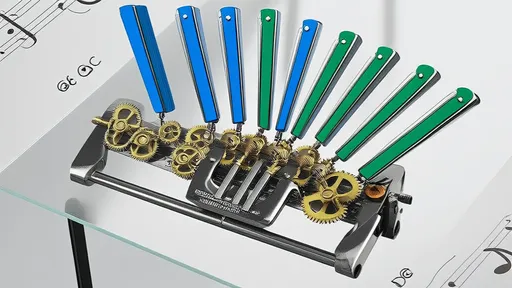
By /Jul 25, 2025

By /Jul 25, 2025
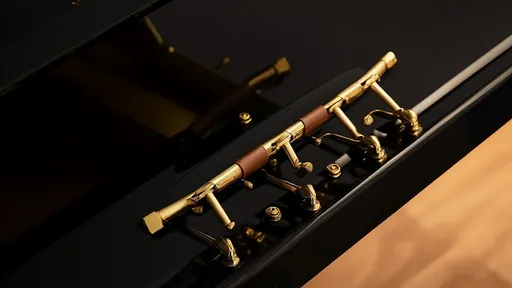
By /Jul 25, 2025
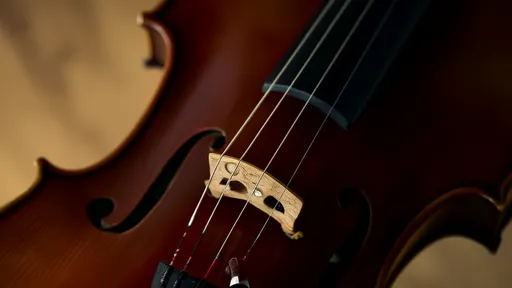
By /Jul 25, 2025

By /Jul 25, 2025

By /Jul 25, 2025

By /Jul 25, 2025
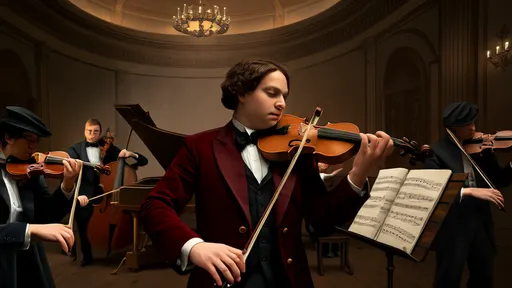
By /Jul 25, 2025
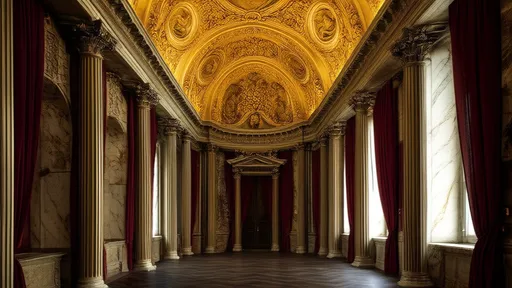
By /Jul 25, 2025
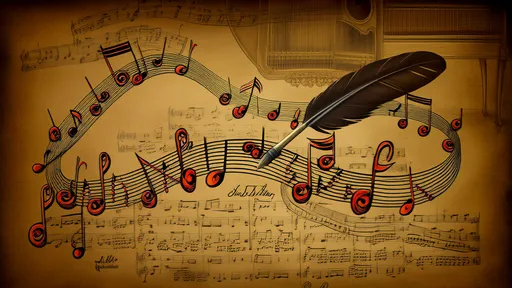
By /Jul 25, 2025
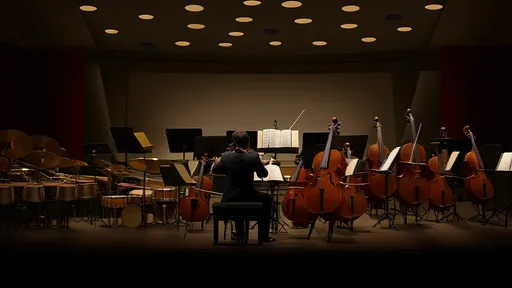
By /Jul 25, 2025
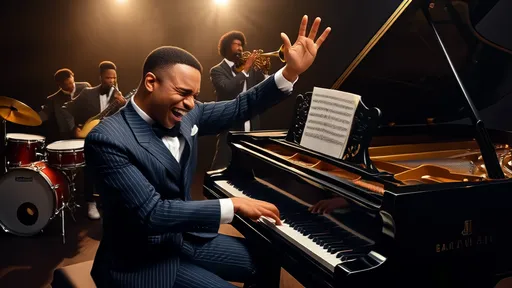
By /Jul 25, 2025

By /Jul 25, 2025
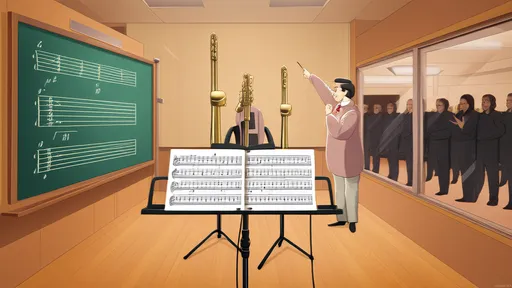
By /Jul 25, 2025

By /Jul 25, 2025
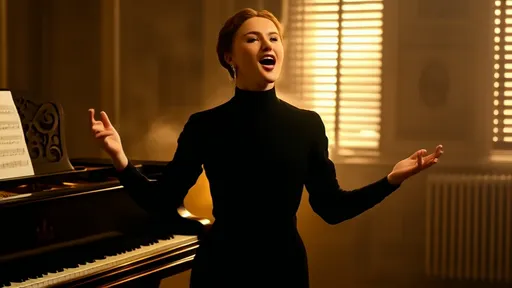
By /Jul 25, 2025

By /Jul 25, 2025

By /Jul 25, 2025

By /Jul 25, 2025
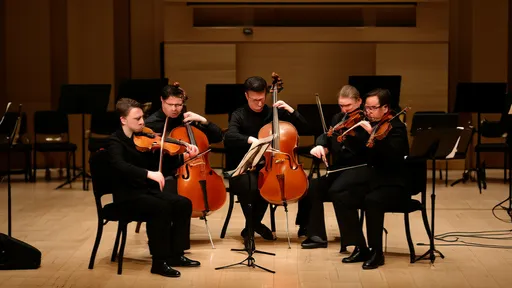
By /Jul 25, 2025